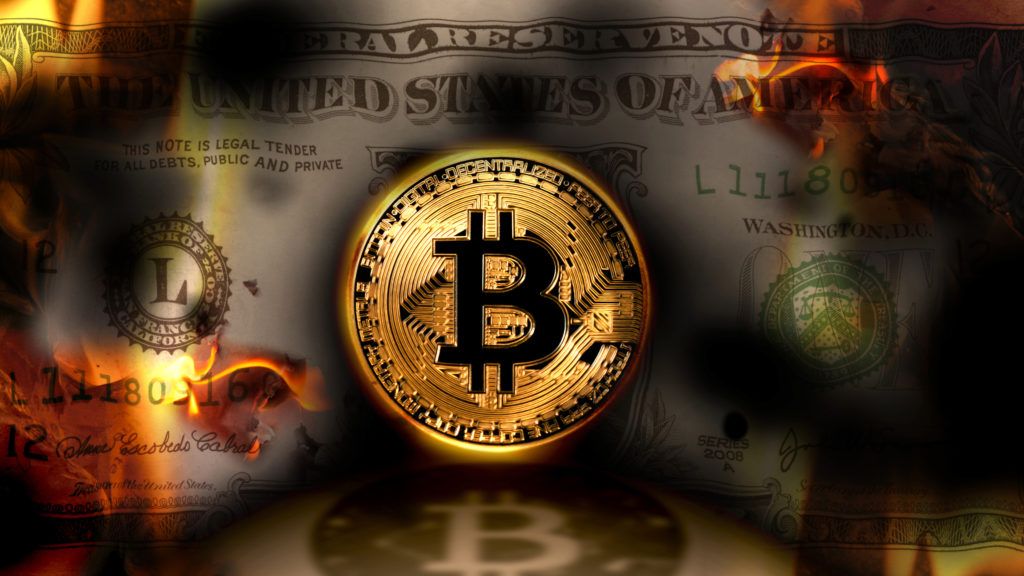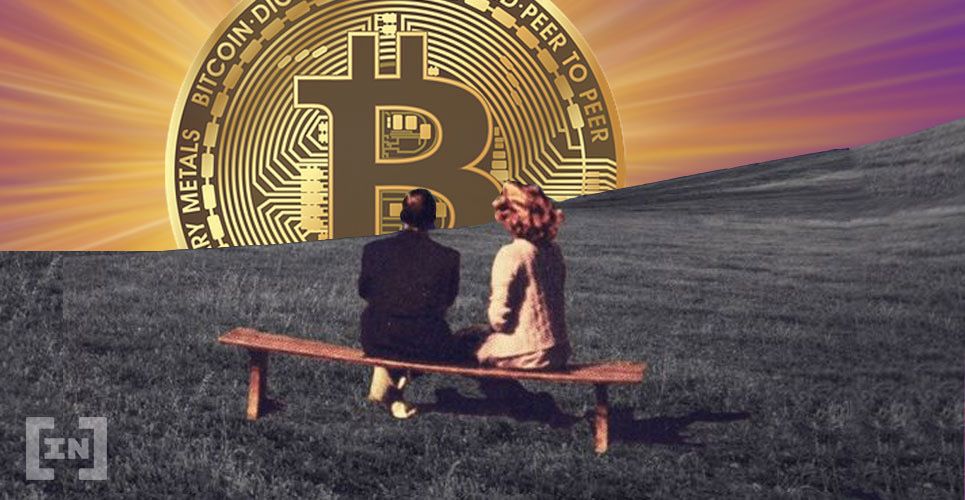Global markets could be on the cusp of entering an extended period of inflation after years of near-zero interest rates and deflation. A rise in inflation corresponds to a reduction in the value of most fiat currencies, thereby reducing their purchasing power. In such a situation, cryptocurrencies such as Bitcoin (BTC) could prove to be a better alternative to fiat as its value and purchasing power will remain consistent over time.
In 1983, A. Gary Shilling published a book titled Is Inflation Ending? Are You Ready? While the book did not become a bestseller of its time, Shilling made an accurate prediction about household inflation dropping to low levels. 20-year treasury notes peaked at 15.21 percent in September 1981 but stand at a mere 2.69 percent as of March 22, 2019.
In simple terms, inflation can be defined as a reduction in purchasing power. The purchasing power of fiat currency drops faster during high inflation or hyperinflation and reduces slowly during low-inflation periods.
Analysts suggest that the period of low inflation, which began in 1981, may have peaked when the 20-year bond yield fell to 1.5 percent in July 2016. The purchasing power of the US Dollar remained constant, even though it was declining, but the drop in value was gradual.
As we approach the beginning of an era of normal inflation coupled with normal interest rates, the US Dollar and other fiat currencies may see a sharp decline in their purchasing power. The value of the US Dollar has dropped 96 percent between 1913 and 2018. Statistics suggest that the currency had cumulative inflation of 2,900.45 percent from 1900 to 2018. In simpler terms, $3,000 in 2019 would be equivalent to only $100 in the year 1900.
 Bitcoin has a fixed supply capped at 21 million. New bitcoins enter the network through a process called mining. The current Bitcoin inflation stands at 3.94 percent annually when considering the current 12.5 BTC mining reward for each block. However, unlike fiat currencies, the inflation of Bitcoin will see a consistent fall and eventually reach zero when the last unit is mined.
Inflation has negative effects on value creation. Bitcoin can be used as a store of value to prevent the reduction of purchasing power. The value of Bitcoin remains constant in periods of low, high and normal inflation. Unlike central bank currencies, one bitcoin at any point in the future will still be equivalent to one bitcoin in 2009, as its value will not be eroded by inflation. The oldest digital currency can be used as a means of payment settlement and a store of value because of this consistency.
These attributes could give Bitcoin an edge over fiat in the next few decades — or even years.
Do you think Bitcoin (BTC) was developed by Satoshi Nakamoto to be a better store of value than fiat currencies during inflation? Let us know in the comments.
Bitcoin has a fixed supply capped at 21 million. New bitcoins enter the network through a process called mining. The current Bitcoin inflation stands at 3.94 percent annually when considering the current 12.5 BTC mining reward for each block. However, unlike fiat currencies, the inflation of Bitcoin will see a consistent fall and eventually reach zero when the last unit is mined.
Inflation has negative effects on value creation. Bitcoin can be used as a store of value to prevent the reduction of purchasing power. The value of Bitcoin remains constant in periods of low, high and normal inflation. Unlike central bank currencies, one bitcoin at any point in the future will still be equivalent to one bitcoin in 2009, as its value will not be eroded by inflation. The oldest digital currency can be used as a means of payment settlement and a store of value because of this consistency.
These attributes could give Bitcoin an edge over fiat in the next few decades — or even years.
Do you think Bitcoin (BTC) was developed by Satoshi Nakamoto to be a better store of value than fiat currencies during inflation? Let us know in the comments.
Top crypto projects in the US | April 2024
Trusted
Disclaimer
In adherence to the Trust Project guidelines, BeInCrypto is committed to unbiased, transparent reporting. This news article aims to provide accurate, timely information. However, readers are advised to verify facts independently and consult with a professional before making any decisions based on this content. Please note that our Terms and Conditions, Privacy Policy, and Disclaimers have been updated.

Rahul Nambiampurath
Rahul Nambiampurath's cryptocurrency journey first began in 2014 when he stumbled upon Satoshi's Bitcoin whitepaper. With a bachelor's degree in Commerce and an MBA in Finance from Sikkim Manipal University, he was among the few that first recognized the sheer untapped potential of decentralized technologies. Since then, he has helped DeFi platforms like Balancer and Sidus Heroes — a web3 metaverse — as well as CEXs like Bitso (Mexico's biggest) and Overbit to reach new heights with his...
Rahul Nambiampurath's cryptocurrency journey first began in 2014 when he stumbled upon Satoshi's Bitcoin whitepaper. With a bachelor's degree in Commerce and an MBA in Finance from Sikkim Manipal University, he was among the few that first recognized the sheer untapped potential of decentralized technologies. Since then, he has helped DeFi platforms like Balancer and Sidus Heroes — a web3 metaverse — as well as CEXs like Bitso (Mexico's biggest) and Overbit to reach new heights with his...
READ FULL BIO
Sponsored
Sponsored

